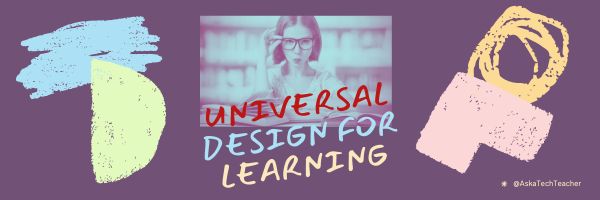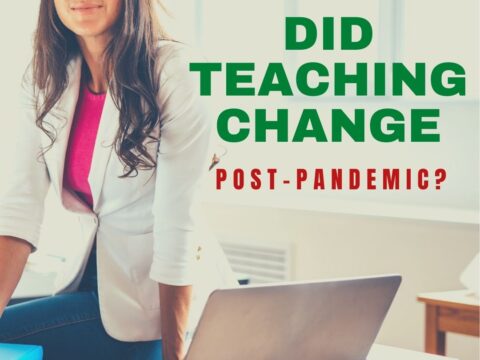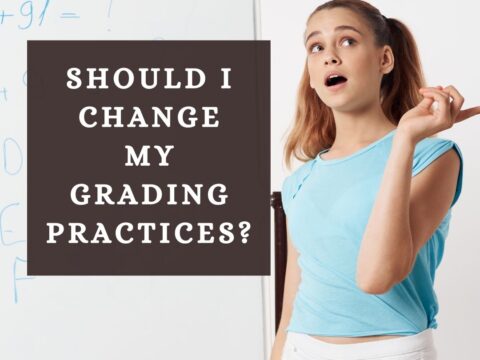Education has come a long way since the focus on “reading, writing, ‘rithmetic”. In Ask a Tech Teacher posts, we’ve covered many teaching strategies:
- Behavior Learning Theory
- Depth of Knowledge (DoK)
- Flipped Classroom
- Frayer Model
- Growth Mindset
- Habits of Mind
- Mindfulness
- Orton-Gillingham
- Project-based Learning (PBL)
- Socratic Method
- Standards-based Grading
- Understanding By Design
- Unschool
- VARK model
- Visible Learning
- Whole Brain Teaching
Any of these might be perfect for your classroom. Today, we offer one more: Universal Design for Learning (UDL)
What is UDL
Universal Design for Learning (UDL) is an educational framework based on research in the learning sciences that can accommodate individual learning differences. It is based on the idea that no one-size-fits-all. It aims to remove barriers to learning by proactively addressing challenges students may face, such as disabilities, language barriers, or differences in learning styles.
Here’s a good six-minute video overview of UDL:
Basics of UDL
A big part of UDL is personalizing the “Why, What, and How” of learning. This generation’s children are going to need to be lifelong learners and adapt to changes as technologies move us forward. In order to do that, students need to be motivated, resourceful, and self-directed.
credit: Matt Bergman (https://youtu.be/2k3VY6qwrV4?si=vZ897PcAV7BAXOLN)
The three principles of UDL are:
- Multiple Means of Representation: provide information in multiple formats (such as text, audio, video, graphics) to accommodate different learning styles and preferences. By presenting information in various ways, educators can ensure that all students access content.
- Multiple Means of Engagement: offer various ways to motivate learning by providing options for students to become interested and stay engaged with material.
- Multiple Means of Expression: allow students to demonstrate their understanding and knowledge in different ways. This could include options for written assignments, oral presentations, artistic projects, or multimedia creations, enabling students to choose the method that best suits their strengths and preferences.
Education applications
Instead of me writing a bunch of words about UDL in action, check out this nine-minute video on UDL in the classroom.
UDL at its core is simply good teaching. For more about UDL, here are some resources to check out:
Universal Design for Learning (UDL): A teacher’s guide
How you can implement Universal Design for Learning
Here’s the sign-up link if the image above doesn’t work:
https://forms.aweber.com/form/07/1910174607.htm
Copyright ©2024 worddreams.wordpress.com – All rights reserved.
“The content presented in this blog is the result of my creative imagination and not intended for use, reproduction, or incorporation into any artificial intelligence training or machine learning systems without prior written consent from the author.”
Jacqui Murray has been teaching K-18 technology for 30 years. She is the editor/author of over a hundred tech ed resources including a K-12 technology curriculum, K-8 keyboard curriculum, K-8 Digital Citizenship curriculum. She is an adjunct professor in tech ed, Master Teacher, webmaster for four blogs, CSTA presentation reviewer, freelance journalist on tech ed topics, contributor to NEA Today, and author of the tech thrillers, To Hunt a Sub and Twenty-four Days. You can find her resources at Structured Learning.








































That is a lot of different teaching strategies and UDL sounds interesting. Everyone has their own learning styles. I am good with numbers, graphs, and visualization but my listening skills and verbal skills are lagging behind. I excelled in physics, math, and most science topics, but I had a hard time with learning new languages and I also had a hard time with art and the homemaking classes such as cooking and knitting. A teacher with lots of kids in the class cannot easily accomodate everyone. Hopefully a tool like UDL might help.